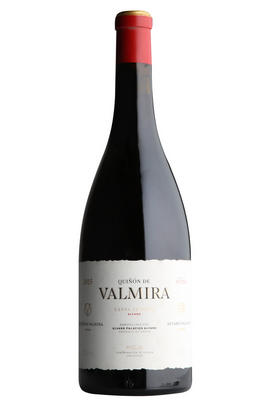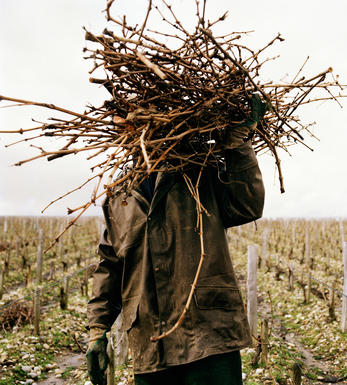
2015 Quiñón de Valmira, Álvaro Palacios, Rioja, Spain

Critics reviews
Luis Gutirrez - 28/02/2018
About this WINE

Alvaro Palacios, Alfaro

Grenache/Garnacha
Grenache (Noir) is widely grown and comes in a variety of styles. Believed to originate in Spain, it was, in the late 20th century, the most widely planted black grape variety in the world. Today it hovers around seventh in the pecking order. It tends to produce very fruity, rich wines that can range quite widely in their level of tannin.
In many regions – most famously the Southern Rhône, where it complements Syrah and Mourvèdre, among other grapes – it adds backbone and colour to blends, but some of the most notable Châteauneuf du Pape producers (such as Château Rayas) make 100 percent Grenache wines. The grape is a component in many wines of the Languedoc (where you’ll also find its lighter-coloured forms, Grenache Gris and Blanc) and is responsible for much southern French rosé – taking the lead in most Provence styles.
Found all over Spain as Garnacha Tinta (spelt Garnaxa in Catalonia), the grape variety is increasingly detailed on wine labels there. Along with Tempranillo, it forms the majority of the blend for Rioja’s reds and has been adopted widely in Navarra, where it produces lighter styles of red and rosado (rosé). It can also be found operating under a pseudonym, Cannonau, in Sardinia.
Beyond Europe, Grenache is widely planted in California and Australia, largely thanks to its ability to operate in high temperatures and without much water. Particularly in the Barossa Valley, there are some extraordinary dry-farmed bush vines, some of which are centuries old and produce wines of startling intensity.


Buying options
Add to wishlist
Description
I was really curious to taste the 2015 Quin de Valmira from bottle, as the sample I tasted in the summer of 2016 reminded me of a Trousseau from Jura! They now tell me the other variety that is planted intermixed with Garnacha, which might contribute some 5% to the blend, is Tinta Velasco. It's sourced from one single vineyard on limestone-rich soils at 626 meters in altitude, planted 31 years ago and farmed organically. The grapes were hand-picked on September 28th, the bunches destemmed and the grapes crushed and put to ferment in an oak vat with indigenous yeast and manual pigage for some 39 days. It has a captivating nose of wild herbs, fruit and flowers. The palate has incredibly deep flavors, pungent, mineral, fragrant, precise, chiseled and symmetric, pleasurable, harmonious and really impressive. Malolactic was in barrique and the levage in 600-liter oak casks called bocoyes for 20 months. It's somehow austere, with umami/mineral sensations and nicely textured. It lingers in your mouth forever. 2,045 bottles, 10 magnums, 15 double magnums and seven five-liter bottles were filled in July 2017.
Luis Gutirrez - 28/02/2018
wine at a glance
Delivery and quality guarantee